Golden pineapples, hotel rooms named after spies and the only curved piece of glass in the Gherkin – yes, it’s EC, the second in our series looking at the quirky history of London postcode areas. Step this way for some Square Mile trivia…
- There is only one curved piece of glass in the Gherkin – all the others are completely flat, the building’s famous shape achieved by the angles at which the panes are joined. The curved one is the horizontal one right at the top – if you want to see it up close and personal, book yourself a table at Searcys at the Gherkin, the restaurant and bar at the building’s summit. Having viewed the curved pane, look out of the flat ones for some incredible views of the capital. gherkinreception@searcys.co.uk
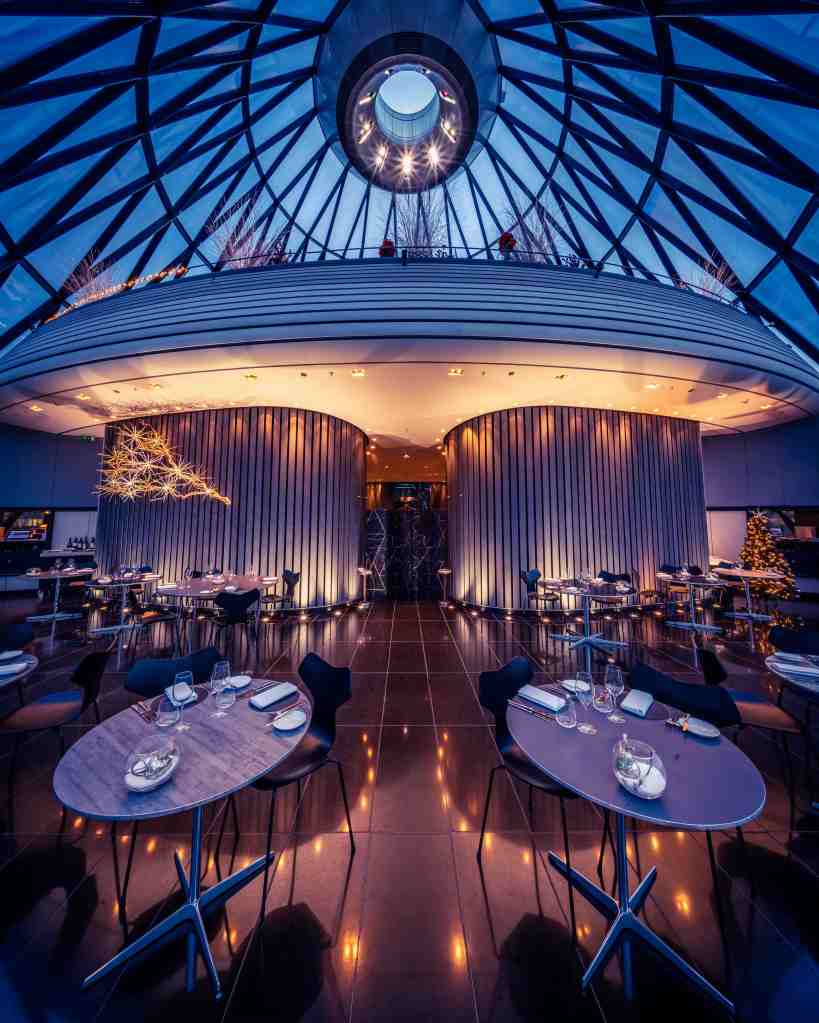
- The Monument has killed more people than the Great Fire of London itself. Although the 1666 blaze destroyed most of the city, people had time to get out of their houses – so the death toll was only six. Christopher Wren’s stone column commemorating the event stands at 202ft tall – if you tipped it over to the east, its top would reach the exact point where the fire started. Until 1842 the viewing platform was left open, allowing six people to jump to their deaths and a further two to accidentally fall. 8-6 to the Monument, then. After this the cage was built that protects visitors to this day.
- When the police raided a Soviet spy ring at 49 Moorgate in 1927, they travelled by Tube to avoid causing suspicion. The Anglo-Russian Cooperative Society painted itself as a harmless trade mission, but was actually sending secrets back to Moscow. The raid uncovered 250,000 pages of documents, as well as several crates of rifles. Prime Minister Stanley Baldwin, justifying the raid in parliament, inadvertently revealed to the Soviets that the British had cracked their codes, so the Russians stopped using them, thereby losing the British their advantage. The episode is commemorated these days by the private rooms at the nearby South Place Hotel, all of which are named after spies. Appropriately, one of the hotel’s event spaces is called Le Chiffre (from Casino Royale) – French for ‘cypher’. reservations@southplacehotel.com
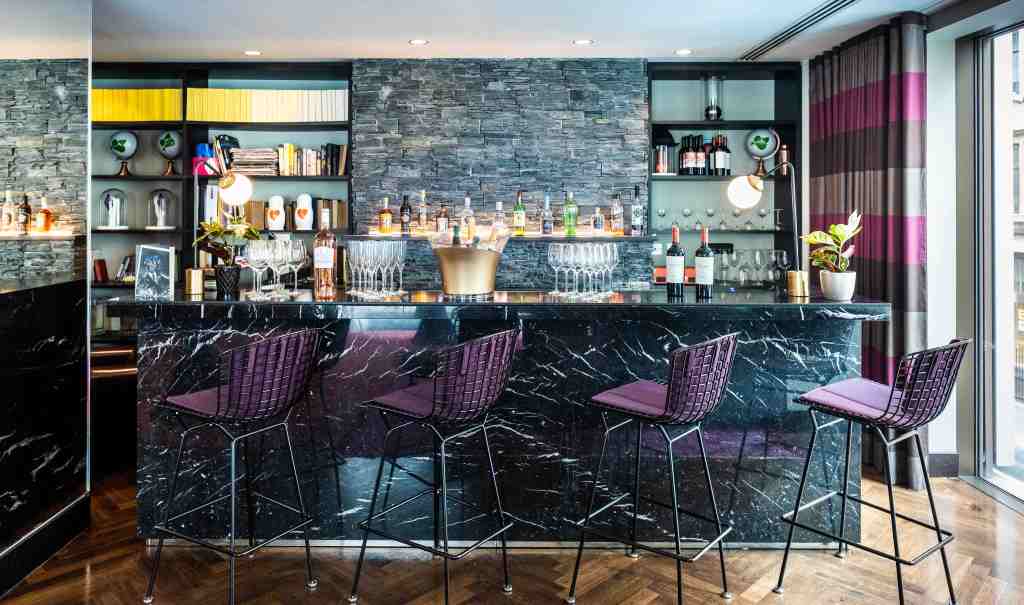
- Lionel Bart took his surname from Barts hospital. The Oliver! composer, who was born Lionel Begleiter, was passing St Bartholomew’s Hospital on a bus one day when inspiration struck.
- The Old Bailey judge who sentenced the Kray twins to life in 1969 said that they’d only told the truth twice in the whole trial – once when Reggie called a barrister a ‘fat slob’, and once when Ronnie said the judge was biased.
- One of the bars at The Ned occupies a former bank vault that inspired the interiors of Fort Knox as portrayed in the Bond movie Goldfinger. The vault’s massive door used to protect deposits at the Midland Bank, for whom Sir Edwin Lutyens (hence ‘The Ned’) designed the mammoth building in the 1920s. That particular bar is reserved for Ned members, but the bars and restaurants on the ground floor are open to anyone. enquiries@thened.com
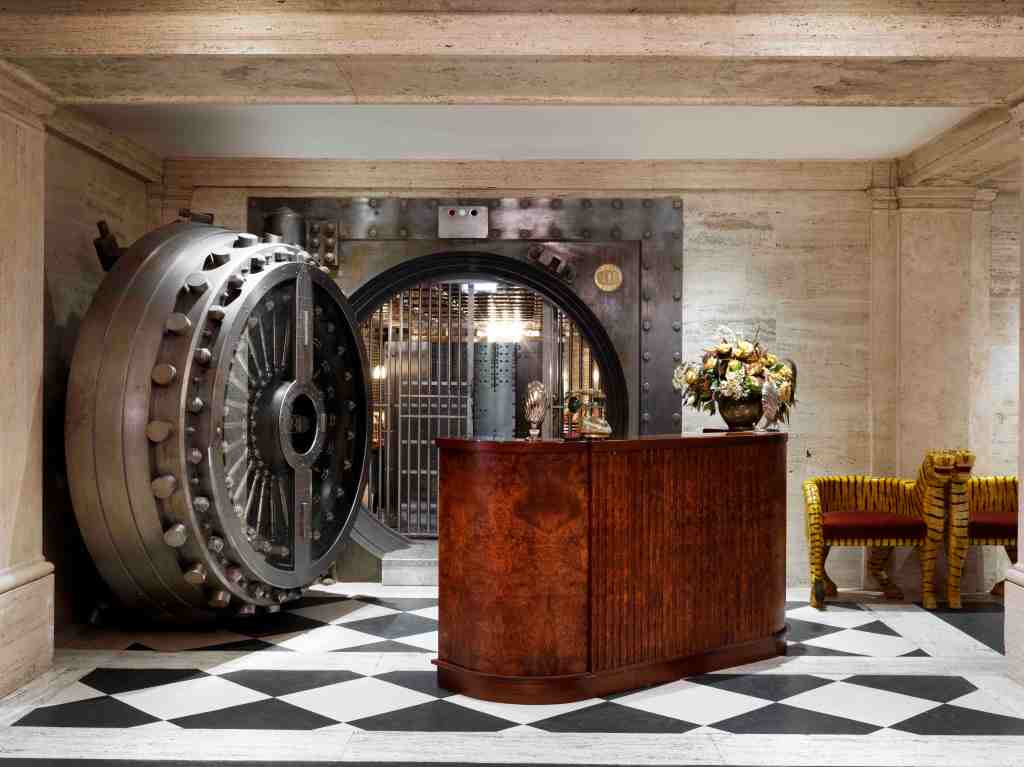
- Ely Place, off Hatton Garden, was for centuries technically part of Cambridgeshire. It was where the Bishops of Ely had their London residence (the church of St Etheldreda’s still stands there), so they declared it part of the county to avoid paying London taxes. The tiny alleyway is still occupied by the Mitre pub, whose licence used to be issued by Cambridgeshire magistrates.
- The toothbrush was invented in the notorious Newgate prison. William Addis, a prisoner there in the 1770s, decided there had to be a better way of brushing your teeth than rubbing them with a rag (as was common back then). Getting his idea from a broom, he took a small animal bone left over from his dinner and drilled holes into it. Then he bribed a guard to get him some bristles and fixed them in place. On Addis’s release the invention made him a fortune. His most expensive brushes used badger hair, while the lower end of the range featured pig and boar hair. You can still buy Addis toothbrushes to this day.
- Several of the streets off Cheapside take their names from the goods once sold there – Bread Street, Milk Street, Honey Lane and so on. Poultry (the continuation of Cheapside) was where you bought… well, you can work it out. Even ‘Cheapside’ itself denotes that the street was the City of London’s main shopping area – ‘chepe’ means market.
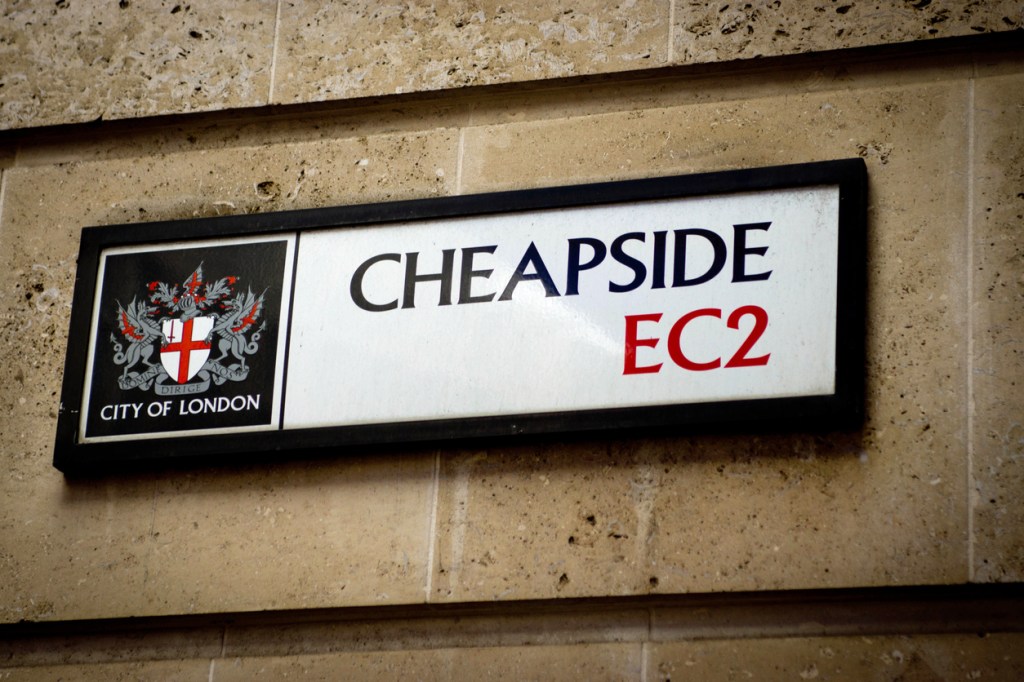
- There are two golden pineapples on St Paul’s. Christopher Wren originally wanted to put one at the very top of the cathedral’s dome. The fruit was a symbol of welcome back then because it was so expensive (each one cost the equivalent of £5,000) – if you served it to guests it meant you really valued them. Charles II told Wren that the dome had to have a cross on it – but the architect managed to sneak a couple of pineapples in lower down, one each on top of the towers that overlook the famous steps.
- Meanwhile, down the road, the Royal Exchange has two golden grasshoppers on its roof. The insect was the emblem of Thomas Gresham, the 16th century financier who built the first exchange on the site. He chose it because one of his ancestors, Roger, was abandoned in a Norfolk field as an illegitimate baby. A local family, the Greshams, were out for a walk, and their young son was chasing a grasshopper. It was only because the insect hopped into the field that the baby was discovered. The family adopted him. Three centuries later, Thomas Gresham knew that without that insect, he himself would never have existed.

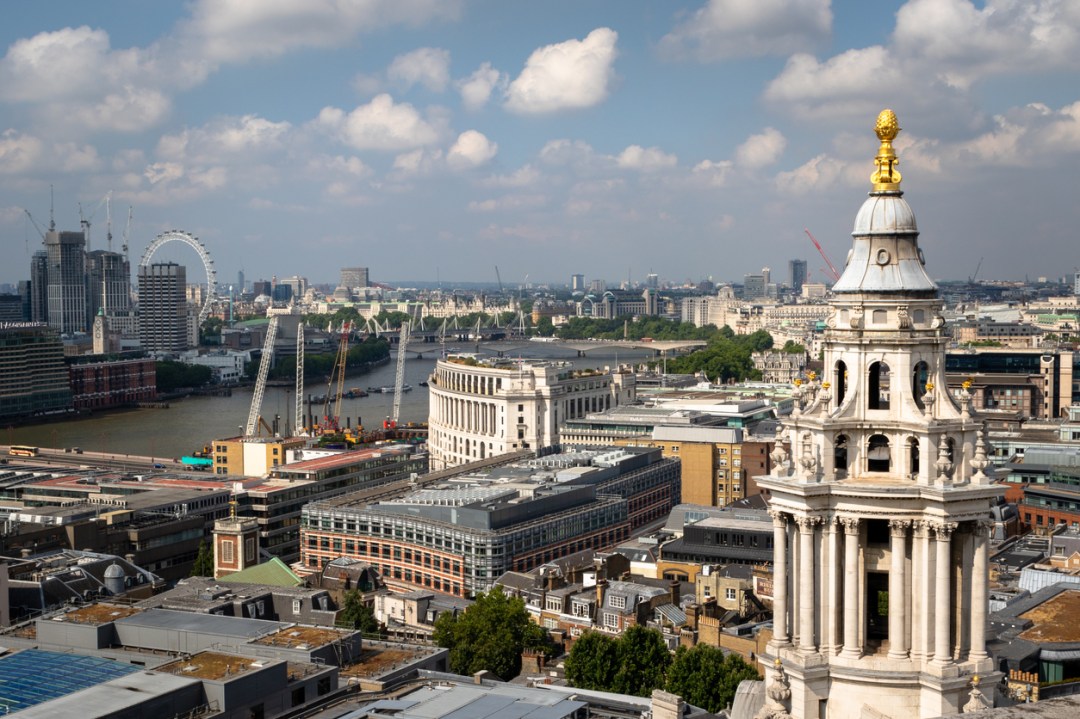
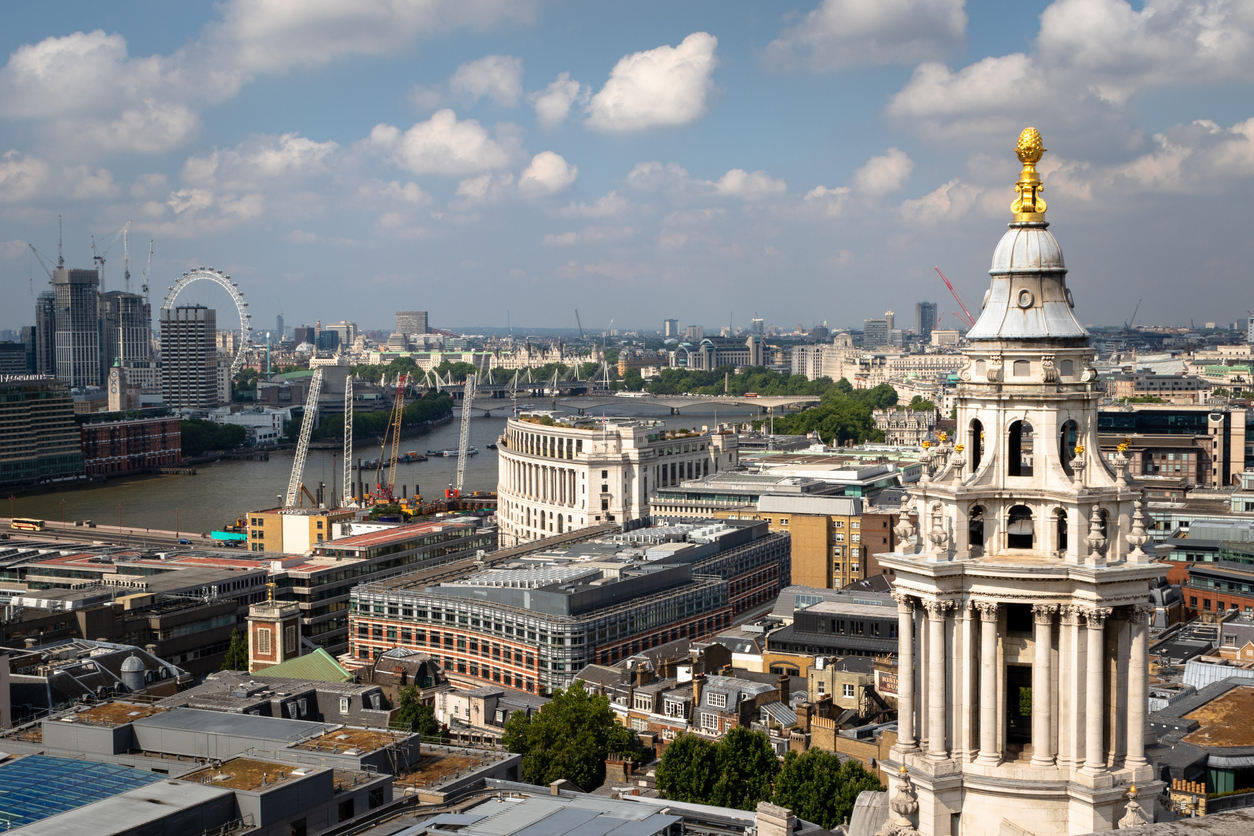




Comments